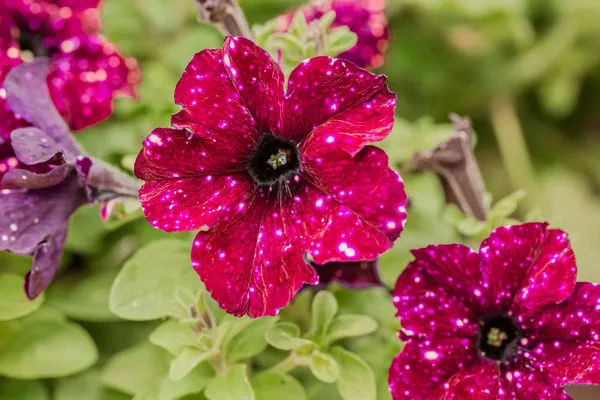As I delve into the fascinating realm of bees and bumblebees, I can’t help but reflect on my past encounters with various insects, from mosquitoes to Japanese hornets. It’s become clear to me that entomology should have been my lifelong passion.
Honeybees and bumblebees are commonly known as “pollinators,” especially for our essential food crops. Interestingly, these insects belong to the Hymenoptera group and are all exotic creatures, imported as indispensable laborers. Without them, our food supply would be significantly diminished.
As a gardener, I’m acutely aware of the vital role these pollinators play in my garden. Bumblebees, in particular, are instrumental in pollinating my tomatoes, while honeybees tend to steer clear of my tunnel house where tomatoes thrive. Each pollinator has its preferred flowers, driven by the promise of nectar to nourish their young and queens.
This knowledge has led me to create an abundance of “wildflowers” beneath my fruit trees, near my raspberries and strawberries. These wildflowers attract a diverse array of pollinators, making my garden a vibrant hub of activity.
Moreover, these wildflowers are not just appealing to pollinators; they also attract another group of nectar seekers—male mosquitoes. These male mosquitoes, while foraging for nectar, inadvertently fertilize the females, which then lay their eggs around ponds and water features.
In these aquatic habitats, mosquito wrigglers thrive and serve as nature’s water cleaners. They feed on the bacterial soup that gives these water bodies their “dirty” appearance, effectively purifying the water.
But the story doesn’t end there. The variety of flowers in your garden also attracts pollinating flies, beetles, and parasitic wasps. These insects play crucial roles in maintaining the garden’s ecosystem.
Flies and beetles, for instance, give birth to larvae that are often natural predators of aphids, mealybugs, scale insects, caterpillars, and other plant “pests.”
On the other hand, parasitic wasps, also known as parasitoids, lay their eggs inside their hosts. When these eggs hatch into wasp larvae, they consume their host insects from the inside out, effectively controlling a multitude of damaging insects that can wreak havoc on your plants.
Every insect has its designated role, and each plant species reaps the benefits of their services. It’s a delicate web of interconnectedness in the world of gardening.
To promote this diversity of interactions, my garden boasts a wide array of flowering plants scattered haphazardly beneath fruit trees and near vegetables. I’ve also placed bumblebee nest boxes near my tomatoes and created bamboo “bug motels” to provide a home for tiny native parasitic wasps.
In essence, the more biodiversity you nurture in your garden, the fewer troubles you’ll encounter in your little slice of paradise.


